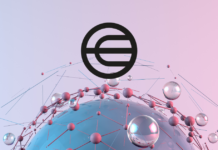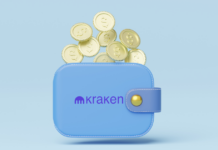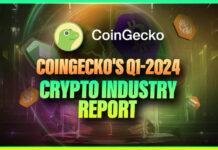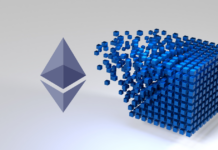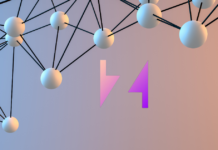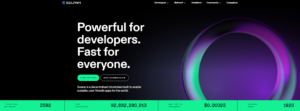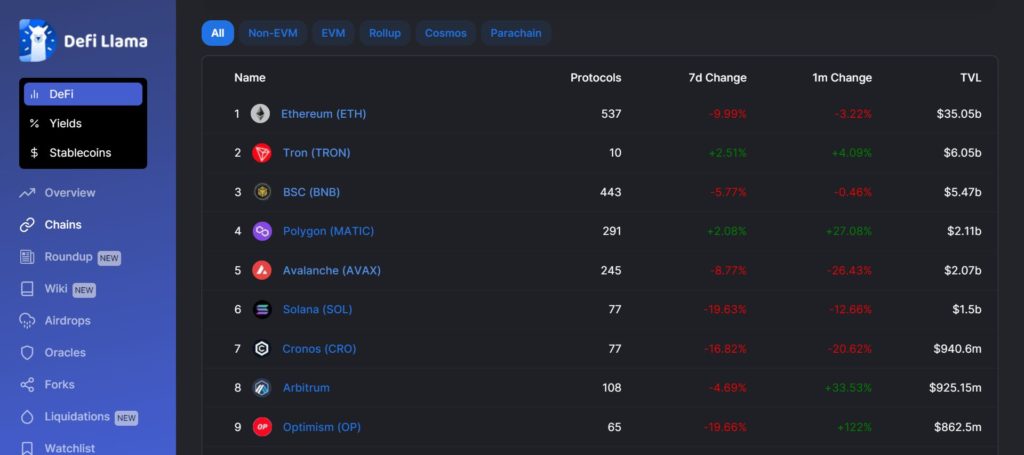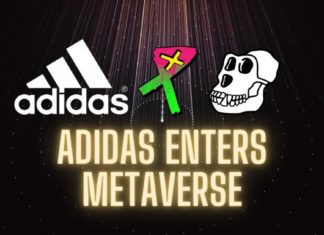Solana is a Layer 1 blockchain. It is one of the most popular blockchains around. Nowadays, according to CoinGecko, SOL is in the 9th rank with the highest marketcap in the ecosystem. Also, Solana is one of the NFT hotspots currently.
However, there’s more to Solana than only NFTs. So, in this article, we’ll answer four questions that people are constantly asking about this blockchain on the web.
1) What Does Solana Do?
Solana is a proof-of-stake blockchain that offers fast and cheap transactions. It also comes with a high scalability capacity. However, they haven’t cracked the blockchain trilemma yet and they are lacking in decentralization, more on this later.
Source: Solana
Like every proof-of-stake blockchain, Solana supports smart contracts which make developers can build dApps. This way, Solana became a competitor for Ethereum. In its full potential, Solana aims to handle 65,000 TPS (transactions per second). This is the same TPS that Visa and Mastercard have. Nowadays, the average TPS they handle is between 2,000 and 3,000 TPS. That’s still a lot faster than Bitcoin (5 TPS) or Ethereum (15 TPS).
Moreover, the average cost of a Solana transaction is $0.00025. This makes them one of the cheapest existing blockchains. Therefore, the combination of fast and cheap makes them attractive in the NFT market, which made Solana one of the leading NFT chains.
They also do good in DeFi. Likewise, they’re on spot #6 according to DeFiLlama, with a TVL of $1.5 billion with 77 protocols.
Source: DeFiLlama
2) What Network Does Solana Use?
We already mentioned that Solana is cheap and fast. However, as a trade-off, it’s less decentralized. Solana uses the Proof-of-Stake or PoS consensus. But they have a twist in this, they combine this with the Proof-of-History (PoH).
PoH makes sure that each transaction is in the right order and found by the correct leader. To clarify, the leader is the validator. To save time, they select a leader ahead of time. This gives each validator two tasks;
- To continue counting, tallying the time.
- The chosen validators count the transaction blocks.
Also, Solana uses the verifiable delay function (VDF) for this. It looks like this:
- They select a validator who creates the next block with PoS.
- Working through the VDF takes exactly five seconds. This gets them to their assigned slot. Now they can produce a block.
- Keep repeating this process.
The main advantage of PoH is that it lowers latency. There’s also a higher throughput. As a result, validators don’t have to wait to fill an entire block. Instead, they stream transactions in real-time to all validators. Each incoming transaction can be stamped with a time. This is the Proof-of-History value. Other nodes just review these transactions and verify them as they come in. This is what makes this blockchain so fast. It’s also more durable and eco-friendly.
3) How Many Nodes Does Solana Have?
Solana currently has 1924 validator nodes. This is where the centralization of Solana surfaces. Only 25 validators hold one-third of the collective stake. In other words, just a few validators control the chain. This means that they verify a third of all transactions.
Moreover, the token distribution adds another problem. From the initial token allocation, 48% went to people close to the project. For example, the team, VCs, and the company. The Solana Foundation received another 13%. That’s over 60% of all initial tokens in the hands of a small group.
Crypto needs to decentralize.
Three major cloud providers are responsible for 69% of the 65% of @Ethereum nodes hosted in data centers.
Of the estimated 95% of @Solana nodes hosted in data centers, 72% are hosted with the same cloud providers as @Ethereum. pic.twitter.com/oK08c3G6Of
— Messari (@MessariCrypto) August 18, 2022
As a result, there have been accusations about a lack of transparency. This became reality when Solana had to admit that they added 11 million SOL tokens to the market. The problem was, they didn’t tell anybody about it. At the time, the circulating supply was 8 million. This happened in November 2021. Solana’s founder, Anatoly Yakovenko, eventually came clean.
Therefore, he wrote a Medium post about what happened. It turned out that the explanation was plausible. However, many community members were not pleased. They discussed the lack of transparency. Furthermore, adding 11 million tokens to the market can affect investors.
4) Can Solana Be Mined?
No, you can’t mine Solana. Solana uses the PoS consensus mechanism. They added the Proof-of History to this. This makes it a unique and hybrid consensus mechanism.
More About Solana
Solana is a Layer 1 blockchain that was not built on Ethereum or any other EVM blockchain. It has its very own network. Furthermore, it has its own native token, SOL. You can use this for staking and thus secure the network. You can also use it to transfer value.
Finally, the Solana network also faces some other problems. The network suffered from various outages. Alone in 2022 they already suffered five outages. In January 2022, there was one outage of over 48 hours. This caused many liquidations in the Solend lending protocol. As a result, the SOL token tanked hard this year. From an ATH of $259.96 on November 6, 2021, down to $35.75 on August 22, 2022. Here is a thread about the latest Solana’s problem:”The Great Drain”
1/ 🧵Here’s what you should know regarding The Great Drain: #Solana Wallet Exploit:
— Kiyomi (104) (@kiyomiwallet) August 3, 2022
Conclusion
We gave you the answer to four Solana related questions. This should give you a better insight to what Solana does.
The SOL token price is currently $34.74. That’s 20% down over the last 7 days, according to CoinGecko. The market cap is $12.13 billion. SOL doesn’t have a fixed max token supply. Currently, 349.1 million tokens circulate. The current total supply is 508.1 million.
ALTCOIN BUZZ – BINANCE – GET UP TO $800* ON SIGN UP
Sign up using the links below on Binance Exchange and get the following benefits
- Get a $100 instant bonus with a first-time deposit of $50 within 7 days,
- Get a 20% trading fee discount for life!
- Get $200 worth of 2 months of Altcoin Buzz Access PRO Membership (50+ Trading Signals, Hidden Gems) and unlock up to $500 more in prizes
Binance Global
Binance US
For further details visit our special Binance Page. Terms & Conditions Apply.


